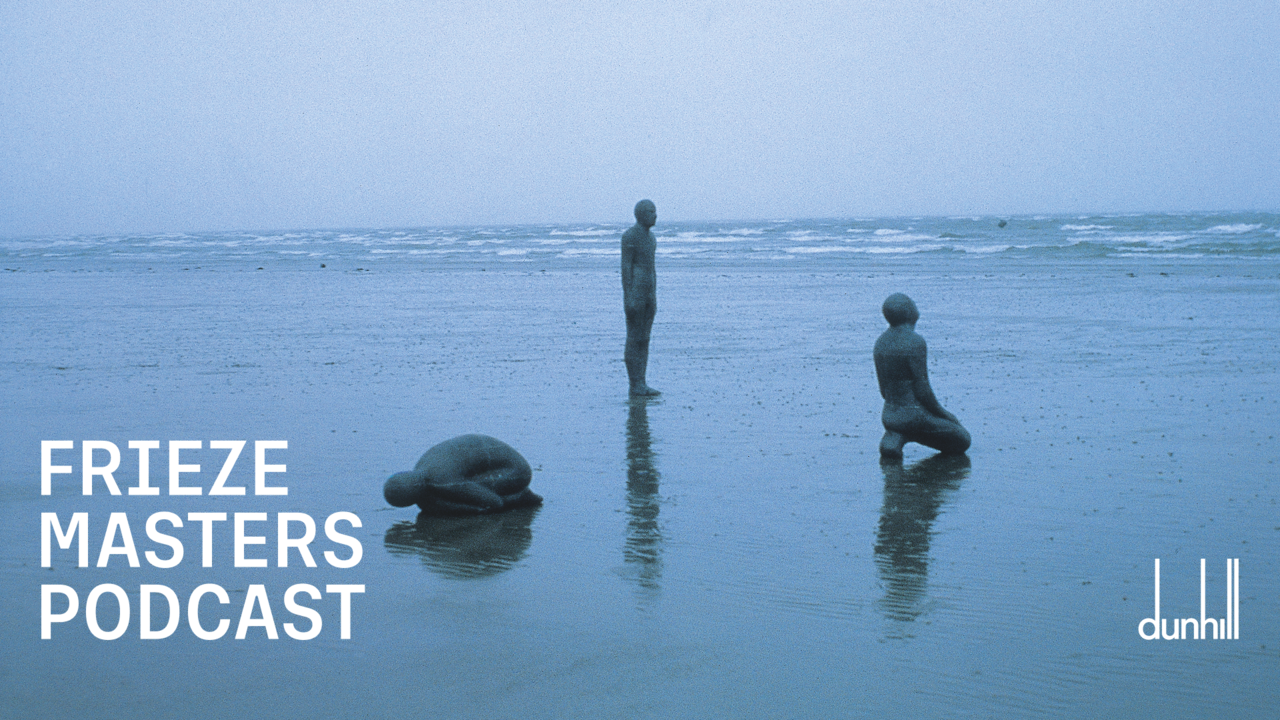2011 Folkestone Triennial

Sea-whipped and shabby, Folkestone looks across 20-odd miles of English Channel to France. For the second edition of its triennial, curator and co-founder Andrea Schlieker selected 19 artists or artists’ groups who engage with global and local concerns – not to mention flights of fancy – so as to breathe some life into this decidedly down-at-heel seaside town. Subtitled ‘A Million Miles from Home’, the triennial conceptually positioned Folkestone as a ‘gateway to continental Europe’ that is ‘between worlds’; on a practical level, the exhibition was also streamlined into the town’s regeneration efforts.
It was salutary that there were numerous non-Western artists here and, for the first time, one local art group (Strange Cargo). But too many artists seemed cherry-picked from recent international biennials (Hala Elkoussy, Nikolaj Bendix Skyum Larsen, CAMP and Zineb Sedira have all been in recent editions of the Sharjah Biennial); others are well-known from high-profile survey shows in the UK such as the Tate Triennial and the British Art Show (Olivia Plender, Tonico Lemos Auad, Charles Avery, Ruth Ewan). On the up side, several works were installed in great locations dotted around the town, and nearly all were new commissions, responding with varying degrees of sensitivity to the site and to a potentially expanded public.
In a look-out station high above the town, Mumbai-based artist group CAMP (Shaina Anand, Ashok Sukumaran and Iyesha Geeth Abbas, with Guy Mannes-Abbott) installed an engrossing 2011 video, The Country of the Blind, and Other Stories (it is named after the H.G. Wells novella of 1911). Centred on the daily activities of the National Coastwatch Institution, it offers a telescope’s eye view of the coast, with a running commentary by the station’s guardians. They opine about everything, from wind-buffeted pigeons to the ghostly appearance of the largest container ship in the world drifting like a shadow across the horizon. Tangentially humorous and politically astute, it was a joy to watch. Sedira and Larsen also contributed long films that take the sea as their subject. Sedira’s explores Algeria’s coastline as a symbol of politics and belonging (Lighthouse in the Sea of Time, 2011); Larsen’s three-screen Promised Land (2011) focuses on the lives of asylum seekers trying to cross from Calais to Dover, dealing with issues of human trafficking, war and the dreams of those who see Britain as a land of plenty.
If CAMP’s was an engaged response to the immediate social concerns of those living in Folkestone in the context of the Channel, other efforts to address its watery symbolic lode were less successful. Hew Locke’s For Those in Peril on the Sea (2011) – a suite of boats strung up from the nave of a church – was a woolly collection of metaphors, in which the boat stood as a symbol for the church, migration and otherness. Spencer Finch’s The Colour of Water (2011) was a formal tautology: each day a set of monochromatic flags was chosen to match the colour of the sea, and hoisted on flagpoles situated in a small park in an off-piste corner of the town. Cornelia Parker’s Folkestone Mermaid (2011) was made following an open call in a local newspaper asking for a willing model to come forward and have their body cast in a pose that replicates Edvard Erichsen’s The Little Mermaid (1913) in Copenhagen. Parker’s conservative figuration was moderated by a relational-lite impulse that was jarringly twee. Similarly unconvincing fusions of figuration and site-specificity were provided by Tonico Lemos Auad (his ‘Carrancas’, 2011, talismanic Brazilian boat figureheads, were installed like sacrificial offerings to the tide, to be worn and battered by its ebb and flow), and Paloma Varga Weisz’s inexplicable Rug People (2011), a bronze sculpture of human heads bound together and placed on a ‘flying’ carpet, was installed on the tracks running through an old train station that once served the Orient Express – thus the exotic-looking rug. The best work in the conceptual-sculptural vein was A.K. Dolven’s elegiac church bell (Out of Tune, 2011), which was strung up on a wire in front of the desolate shoreline and could be activated by passers-by tugging at a dangling cord.
In general, the works that avoided the sea as an overt subject fared better. Ruth Ewan installed a series of clocks around the town that told decimal time, from one to ten – a reference to the rejection of the Gregorian calendar in post-Revolution France (‘We Could Have Been Anything That We Wanted To Be’, 2011). Plender’s film installation, Are Dreams Hallucinations During Sleep or Hallucinations Waking Dreams (2011), concatenated spiritualism and capitalism, and was installed in the suitably mystical–mercantile setting of the local Masonic Hall. Pristina-based Erzen Shkololli installed Boutique Kosovo (2011) in a vacant shop, where you could browse and buy items of traditional Kosovan couture. In another abandoned shop not too far away, Hala Elkoussy’s Al-Khawaga and Johnny Stories (2011) presented an archive of books and a video work relating to colonial Egypt. As the only local artists here, Strange Cargo gave voice to the town’s people by putting up small public notice panels that told of local memories.
Some contributions were predictable: Martin Creed made a sound work installed in a funicular; Charles Avery presented another Terry Pratchett-esque set of drawings and a sculpture; Hamish Fulton did a walking piece. But it was all made worthwhile by Smadar Dreyfus’s audiovisual installation, School (2009–11), which was installed in a series of darkened rooms in a building off of the high street. An audio recording of Israeli school lessons given in Hebrew (Bible studies, Arabic, citizenship, etc.) was presented in each room, accompanied by a simultaneous translation projected as text onto the walls of the blacked-out rooms. It could have been dry as hell, but was actually a microcosm of everyday humour and unforced politics. Interestingly, School was successful even though it said nothing at all about Folkestone or the sea. Perhaps there’s a lesson in that.















